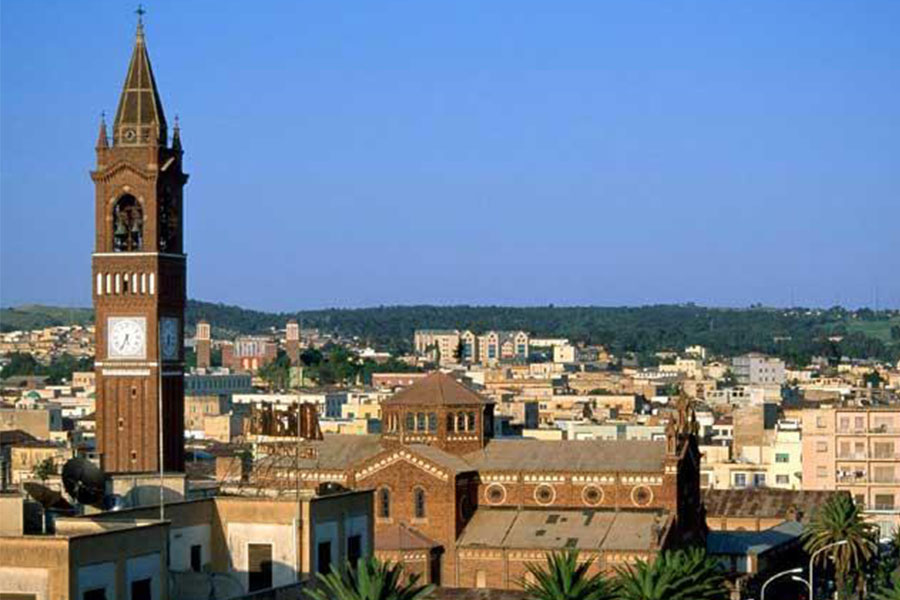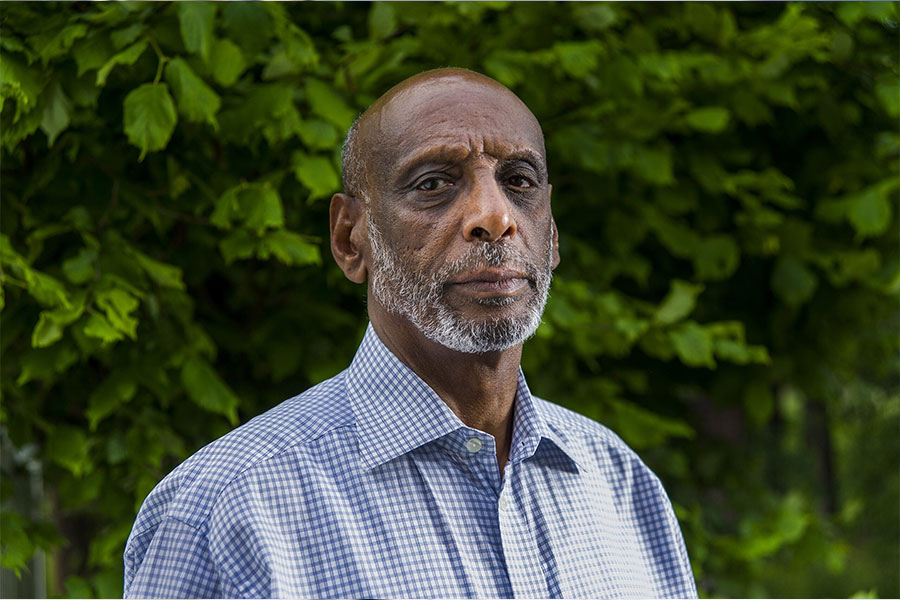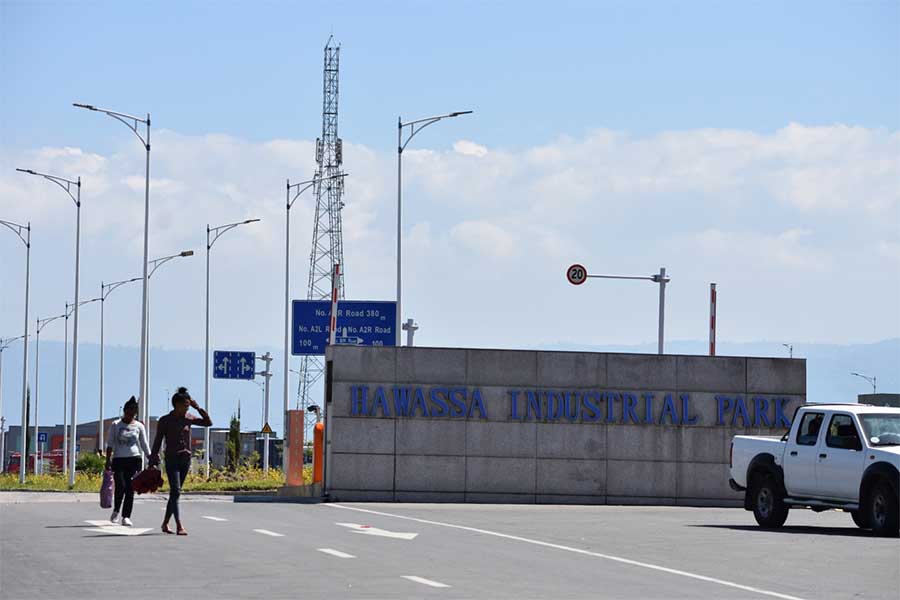
Fortune News | Jul 13,2024
Troubled Addis Abeba's electric grid system is set for significant rehabilitation with 57 million dollars, as the Ethiopian Electric Utility (EEU) moves to secure a technical consultant and provide an engineering procurement contract for evaluation two weeks ago.
The project aims to decrease power wastage and disruptions in the capital by renovating around 2,000 transformers, 674Km transmission lines, including a new 19Km underground layout and the installation of three switching stations.
Financed by the World Bank, the project is part of the initiative to expand electric access in the country: the Access to Distributed Electricity & Lighting in Ethiopia (ADELE) with a 500 million dollar credit line in 2021 and the Ethiopian Electrification projection (ELEAP) for 375 million dollars in 2018.
The first phase of the project entails strengthening the reliability of grids in urban and semi-urban areas. It was planned for completion by the end of 2023 while subsequent components follow with the expansion of access through off-grid alternatives, capacity building and institutional reform. With 61 million-dollar finance, the third phase across seven other major cities contracted to China Electric Power Equipment & Technology Co.
"We have approached the final stages with these," said Gebeyehu Dikasa (PhD), head of Addis Abeba Electric Utility.
He indicated that with preliminary work underway, the fourth phase of the citywide project will commence relatively soon.
Communication Director Melaku Taye echoed a similar sentiment, telling Fortune in a humorous tone, "We'll keep improving as long as there is funding".
Although Addis Abeba serves as a political and diplomatic epicentre for the rest of Africa, power outages due to an ageing grid which is plagued by theft and damage from traffic accidents have been defining characteristics of life for its residents.
Officials underscore that rehabilitation projects help increase revenues, decrease wastage and boost customer satisfaction in the long run.
Firealem Kure, technical advisor of the Project Portfolio Directorate at EEU, said multiple grid rehabilitation efforts have been launched across several cities over the last few years.
While some are stalled due to conflict, Frealem indicated that transformers and transmission lines reach a saturation level as demand from households rises, requiring maintenance or new procurements.
"As a resident, I also want a reliable grid," he told Fortune.
Firealem stated that the current project is handled in two sections due to its scale and that the bidding process for the second section is ongoing.
He disclosed that a concurrent African Development Bank (AfDB) power project was in the pipeline. The Bank has approved a 104 million financing package to improve power supply in Eastern Ethiopia this month.
The year-end report by the EEU indicated that a mere 4.4 million households in the country had formal access to the electric grid, averaging a little over 200,000 new customers each year.
It has managed to add around 40,000 new customers yearly while it has a little over 500,000 customers in the capital. The rest of the nation does not fare much better, as Ethiopia is third in electricity deficits in the continent, preceded by Nigeria and the Democratic Republic of Congo.
While the electricity deficit is a nationwide phenomenon, constant power interruptions are frustrating for residents whose professions are intertwined with electricity.
The IT professional Nahom Shewangizaw is in his late 20s and lives around the HanaMariam area. He avoids going home until late on rainy days as he expects a blackout.
Despite observing a marginal improvement through the years, Nahom believes there is a long way to go, considering the capital's rapid urbanisation.
"Lights should be standard expectation at this point," he told Fortune, appreciating any effort to upgrade the grid.
The lives of business owners are also marred by anxiety related to uncertain electricity access.
Tsehay Fantahun is a resident of the Jemo area and provides a small cafe service nearby. She tries to cut back on her expenses by usually making the Injera bread at home while in constant fear that lights may go out.
"I can't make a profit if I resort to buying it elsewhere," she told Fortune.
A 2017 study by the US National Academies of Science, Engineering and Medicine reasons that while power outages cannot completely be prevented due to the multitude of complex components that work to supply electricity, the reliability of the system can be bolstered by targeted investments in critical areas.
Experts in the energy sector point to a combination of poor design and a lack of awareness as primary causes of outages and disruption to the grid.
Yemanehbrhan Kiros, founder and general manager of Yomener Energy Auditing & Engineering Plc, observes problems arise early on during the design stage of the grid and are further compounded during implementation.
He indicates that power outages are more often a problem of inefficient distribution and management rather than a lack of energy.
"Preventing energy waste is like building brand new virtual dams," he told Fortune.
Yemanehbrhan recalled the free distribution of LED lamps by the former Ethiopian Electric Light & Power Authority (EELPA), which managed to save up to 80KW from the grid by merely cutting back on waste.
Apart from constant upgrades to the grid, Yemanebrhan recommends key policy orientations to mitigate power outages.
Minimising tax duties for energy-efficient products, allowing the sale of excess power by companies who utilise alternative energy sources and tariff incentives for nighttime usage of energy-intensive establishments are feasible to address the issue, according to the expert.
"Creating awareness on energy management should be a first-order priority," he told Fortune.
PUBLISHED ON
Sep 23,2023 [ VOL
24 , NO
1221]

Fortune News | Jul 13,2024

View From Arada | Dec 10,2018

Obituary | May 31,2025

Fortune News | Nov 29,2020

Radar | Nov 19,2022

Radar | Jun 27,2020

Editorial | Aug 25,2024

Fortune News | May 31,2020

Fortune News | Apr 24,2021

Fortune News | Apr 12,2020

Dec 22 , 2024 . By TIZITA SHEWAFERAW
Charged with transforming colossal state-owned enterprises into modern and competitiv...

Aug 18 , 2024 . By AKSAH ITALO
Although predictable Yonas Zerihun's job in the ride-hailing service is not immune to...

Jul 28 , 2024 . By TIZITA SHEWAFERAW
Unhabitual, perhaps too many, Samuel Gebreyohannes, 38, used to occasionally enjoy a couple of beers at breakfast. However, he recently swit...

Jul 13 , 2024 . By AKSAH ITALO
Investors who rely on tractors, trucks, and field vehicles for commuting, transporting commodities, and f...

Jul 5 , 2025
Six years ago, Ethiopia was the darling of international liberal commentators. A year...

Jun 28 , 2025
Meseret Damtie, the assertive auditor general, has never been shy about naming names...

Jun 21 , 2025
A well-worn adage says, “Budget is not destiny, but it is direction.” Examining t...

Jun 14 , 2025
Yet again, the Horn of Africa is bracing for trouble. A region already frayed by wars...